November is here…..and there’s plenty you can do in your chicken coop to keep your hens and roosters healthy.
Fall is typically when we see an uptick in predators AND you might notice signs your flock is slowing down due to the lack of light and the cold.
You likely already noticed your chickens aren’t laying as many eggs…..and there’s lots of reasons for that!
Now is when your flock needs some extra TLC and support.
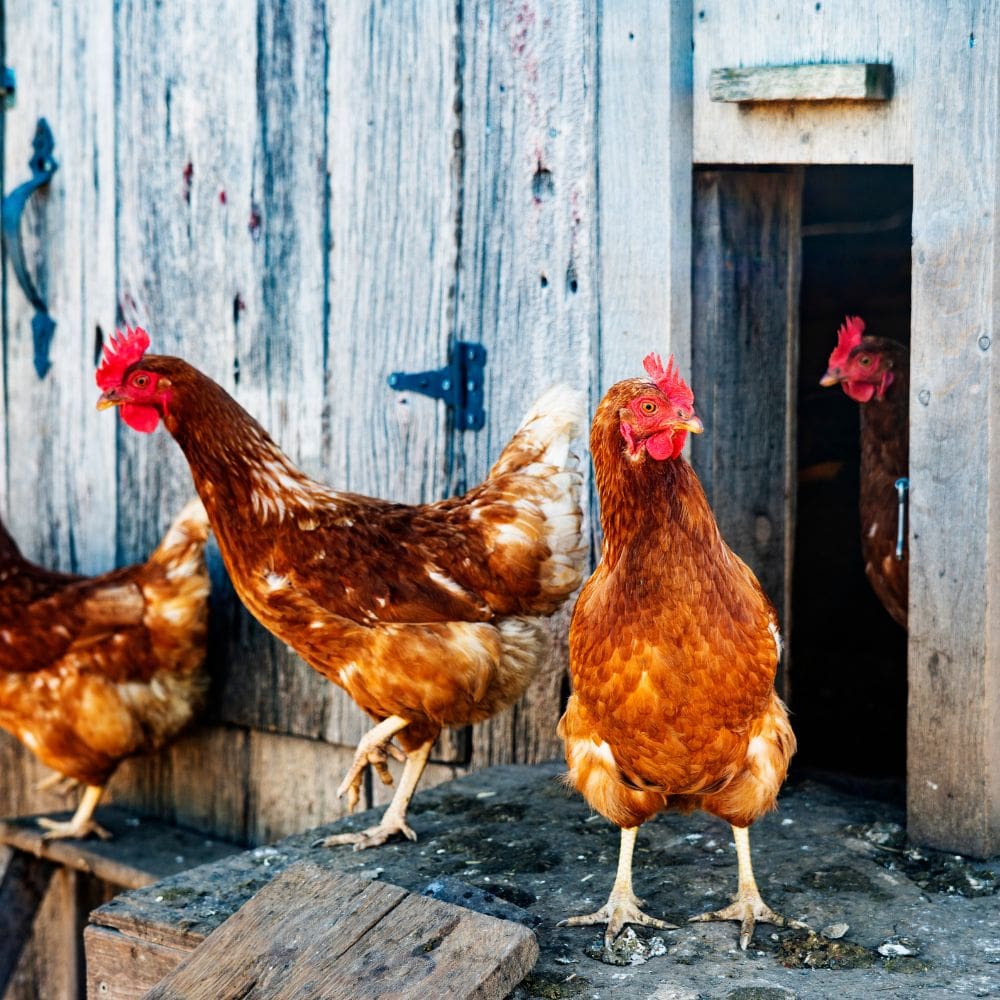
Table of Contents (Quickly Jump To Information)
8 Care Items To Do In November For Your Flock
1. Buy all the pumpkins you can at a hefty discount
Get out there and start hauling some pumpkins home. Leftover Halloween pumpkins go for pennies on the dollar after everyone’s done trick or treating. and cold weather is setting in.
Ones to especially keep an eye on are the “ugly” pumpkins, also known as Hubbard squashes.
They’re pretty pricey before Halloween, but you can score them for nearly free since most people don’t realize they’re edible!
Store your haul in a cool, dark location. They’ll keep for months, and you’ll be providing your flock with LOTS of juicy nutrients right when they need it most.
Want ALL the pumpkins a store has? You might be able to get a bulk discount if you talk to the manager!
Be sure to remove the rind before feeding or crack them open – your chickens likely WON’T peck through the hard rind.
2. Have a plan for freezing rain days
Late fall and winter months can often bring yucky weather with them. Freezing rain is even more deadly than snow or even sub-zero temperatures because moisture and drafts are a recipe for trouble. And the WORST is when it starts to rain and you have no way to keep your flock dry and warm.
Make a plan NOW and decide how to deal with freezing rain so your chickens stay warm. Is your run uncovered? Can you cover it at the drop of a hat?
Is your coop completely enclosed? What will you do if a hen is wet, and it’s 20 degrees outside? Do you have straw on hand? Do you follow the deep litter method?
Making these decisions NOW makes life easier down the road for you AND your backyard chickens.
3. Check for signs of predators
Prevent a problem before it becomes a big deal. Don’t wait for a hen to go missing – look for signs of predators and get rid of them before you lose a backyard chicken.
Look for:
- Footprints
- Flighty flock/sudden change in flock behavior
- Critters getting into your trash or other signs
Signs such as footprints and a trash-filled yard are easy-to-spot signs. But flock behavior requires a bit more introspection on your side.
Note your flock’s behavior: Have they suddenly stopped going to one part of your property? Are they insisting on roosting constantly?
Any behavior that’s different is a sign that a predator might be around.
If you have a “gut feeling” something isn’t right but you can’t tell exactly what, you can always install a game camera.
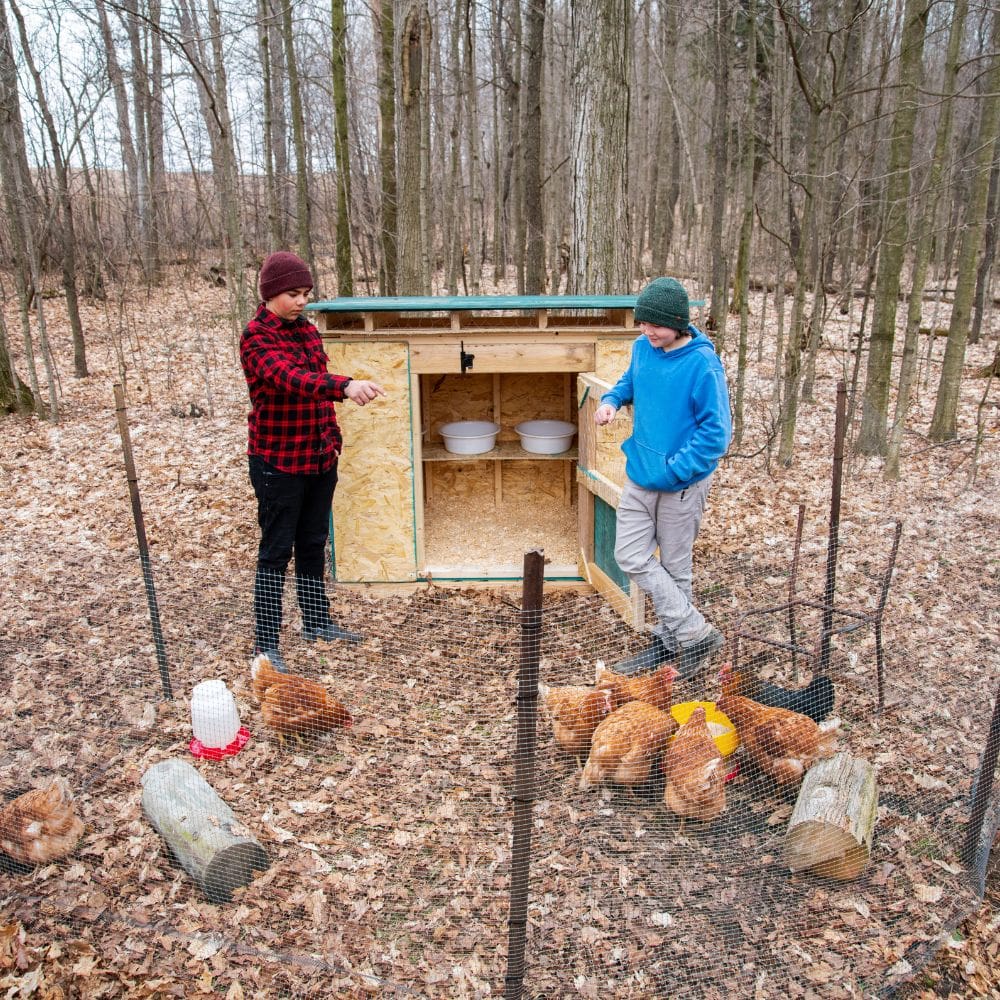
4. Add a light bulb to your coop
This time of year, I get LOTS of questions about why chickens stop laying eggs. Usually, a decrease in egg production is due to the fewer daylight hours.
If you want an egg supply during the winter, supplemental light will be your friend. Try adding a daylight-simulating bulb to your chicken coop to increase hours of light. Let it run 2 hours before dawn and 2 hours after sunset.
Of course, if you don’t want eggs, then skip this suggestion!
5. Take photos of your flock with all the autumn leaves
Don’t forget to enjoy this season – fall only happens once a year, and it’s a HUGE photo opp!
Spend a few afternoons taking photos of your chickens against the pretty fall leaves. You won’t regret it!
If you’re not a great photographer, you can always hire a pro! People hire photographers for their dogs, right?
6. Add “warming spices” on cold days
Certain spices will increase circulation, which can help your flock get an extra little kick of warmth.
Some options are:
- Chili
- Nutmeg
- Sage
- Prickly Ash
You can add the herbs to their feed to ensure your flock eats them. Just a pinch per chicken will do! If you don’t have time to figure it all out, you might try this Clucks of Joy chicken treat subscription box. You will get all kinds of high-protein treats, herbal blends, and all manner of chicken-loving-goodness. Your flock will benefit and it’s an “easy” button for you!
7. Provide herbs that are traditionally used to support healthy immune systems
You might worry your flock will feel the effects of winter, just like humans do. To support them and to raise healthy backyard chickens, you can add herbs to their feed.
These herbs are traditionally used to support healthy immune systems:
- Oregano
- Garlic
- Calendula
- Elderberries
- Echinacea
You can feed them separately or together in an herbal blend such as PowerHen.
8. Do a sweep to check for mice or rats
Lastly, inspect to double-check check no mice or rats have taken up residence in your coop. Especially in older coops, there can be nooks and crannies that they love.
Mice and rats will make messes, leave diseases and fleas, and possibly cause your backyard chickens to get upset, or at least change their daily patterns. Not good!
Additonal Tips/Things To Think About
- Even in cold weather, your chickens need proper ventilation (the ammonia from chicken droppings can be quite strong without it). Good ventilation and air flow are key.
- If your chickens are cooped up you might consider providing some boredom busters (like the pumpkins, but also a cabbage can provide a lot of entertainment and keep them moving with excitement).
- Cracked corn is a simple, yet very effective, supplement that will help keep your birds warm through the night. Scratch grain (which also has cracked corn) is also a great option
- Certain chicken breeds fare much better than others in cold weather. Be sure you know the limitations of your breeds and act accordingly.
- Heat lamps and heaters for poultry can always be dangerous. I knkow a lot of folks who use them but you definitely have to be extra careful with them. I would personally try everything else first. Besides, chickens can tolerate cold weather pretty darn well. Their feathers are made to withstand a lot more than we often give them credit for.
- Wood shavings and straw can make some pretty effective insulation. Don’t underestimate it!
Summary
Every month has its own joys, and its own challenges when it comes to caring for a flock of chickens. But fear not, we are here to help with all areas of chicken keeping! Just by following a few of these helpful care tips, you’ll be way ahead. Be sure to enjoy the process!
Maat van Uitert is a backyard chicken and sustainable living expert. She is also the author of Chickens: Naturally Raising A Sustainable Flock, which was a best seller in it’s Amazon category. Maat has been featured on NBC, CBS, AOL Finance, Community Chickens, the Huffington Post, Chickens magazine, Backyard Poultry, and Countryside Magazine. She lives on her farm in Southeast Missouri with her husband, two children, and about a million chickens and ducks. You can follow Maat on Facebook here and Instagram here.


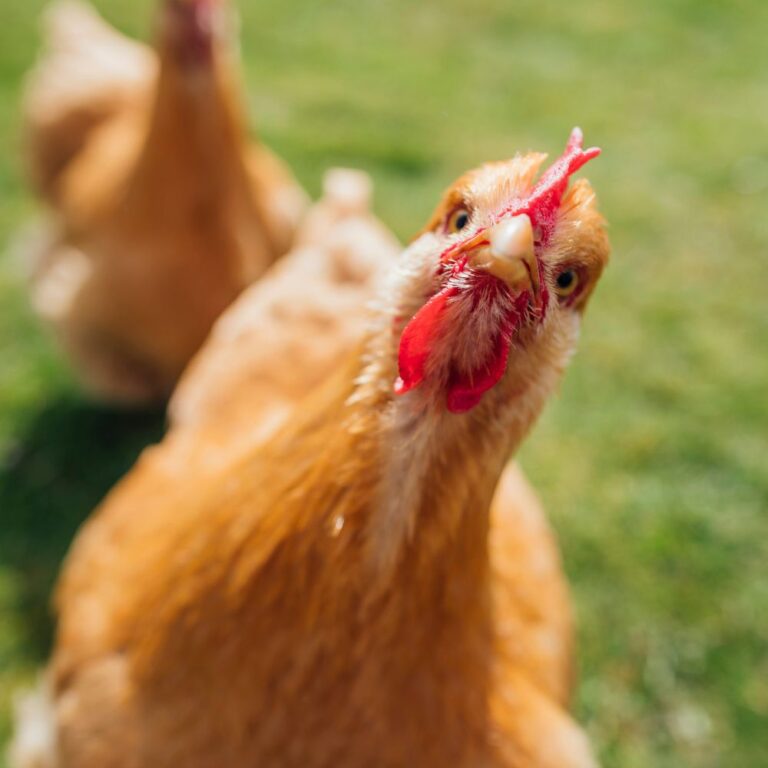
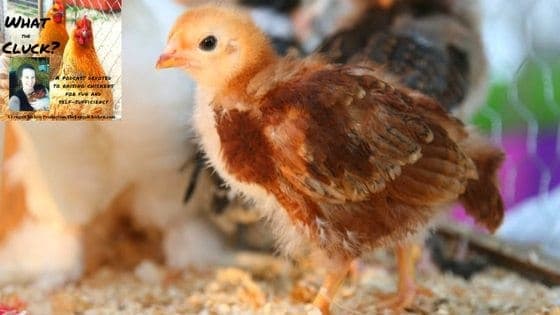
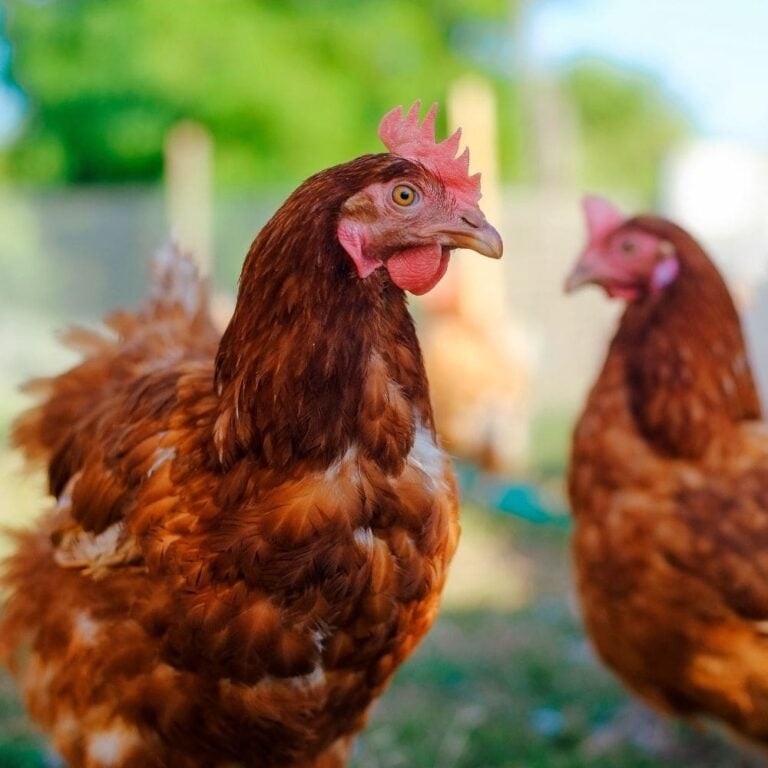
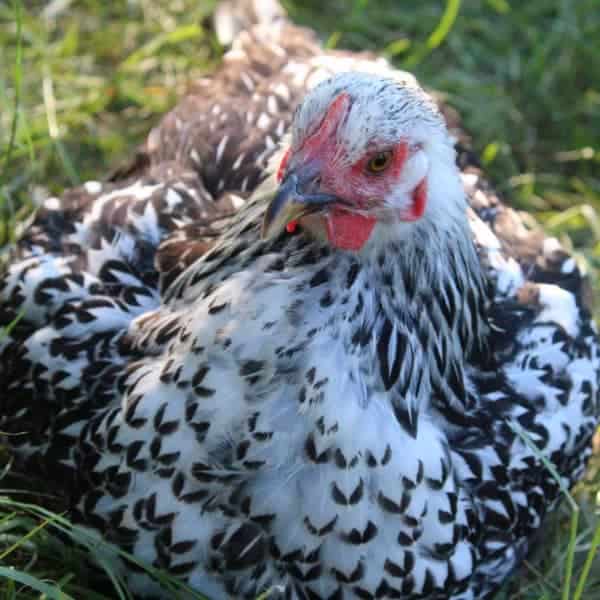
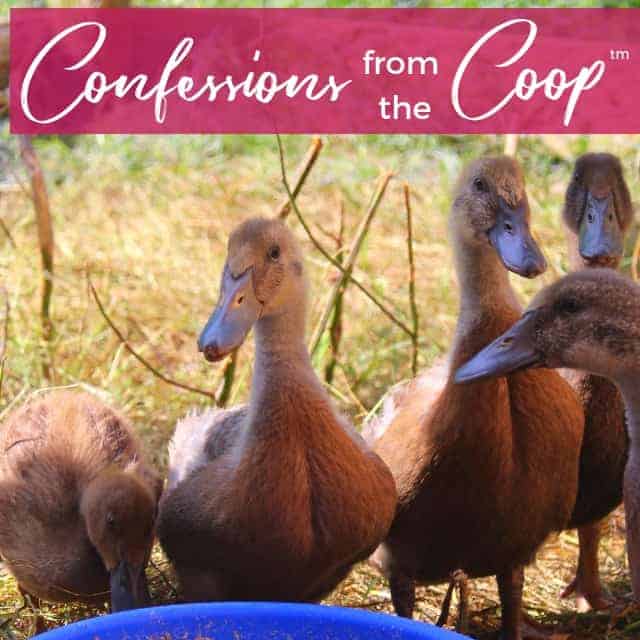
Hi! I’ve just begun to follow you and appreciate your post so much. I’m a brand new chicken mama. I just got my first batch of hens in June and three more three weeks ago so I haven’t experienced a winter with them yet. We have a store bought coop and just added on a larger run for them with a shingles roof over the whole thing. Will this be enough to protect them from freezing rain? Or should we put tarps around the sides?
Hi! You’ll have to see what happens – what does it to when it rains (regular rain)? If the inside of the run is wet, then you’ll want to think about tarping it. Luckily, freezing rain only happens a few times during the winter (fingers crossed), so even if it looks ugly, the tarp would only need to be used a few times. We completely tarp ours. If it’s dry in their run even when it’s raining, I wouldn’t worry about tarping it.
Also, we installed a light and timer on the side of our barn so that the light shines into the run. Is this sufficient light for the hens to lay or does the light actually need to be inside of the coop or run?
Hi Stacy! The light needs to be where the hens are, so if they’re not in the run, it won’t do anything. It should also sufficiently light wherever they are – I use a daylight simulating bulb and if it doesn’t light the coop up enough, I would add another. Battery operated lights are a good option.